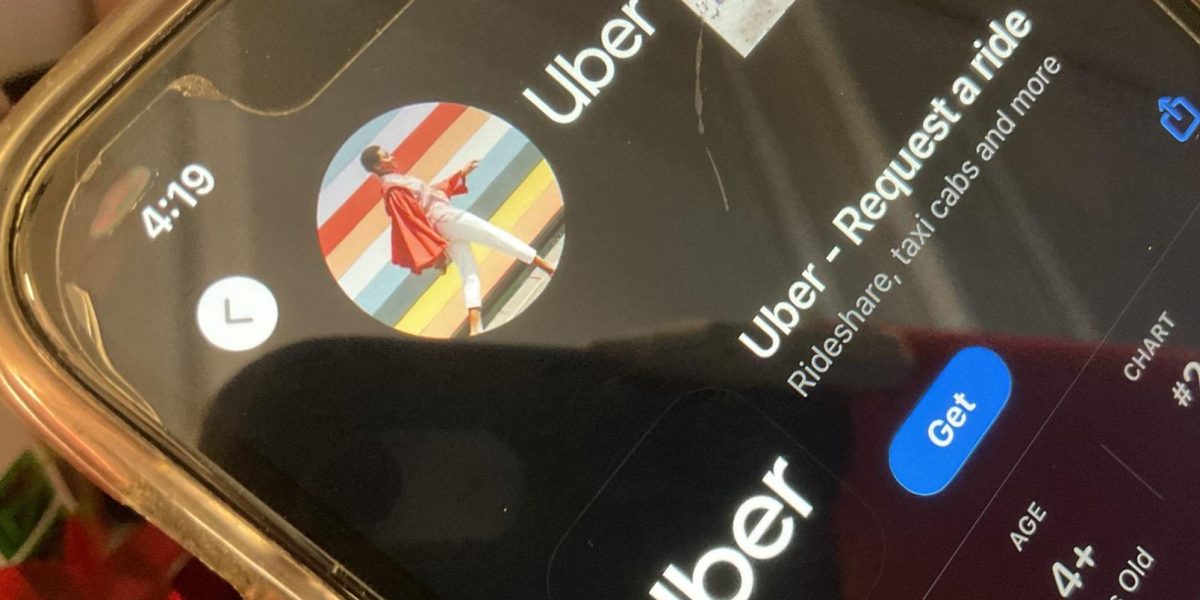This is the third article in a series examining teen stress and burnout. You can find the first entry in this series here.
The weekend is going to be busy for freshman Breanna Macias.
“Tonight I’m going to hang out with my brothers, and over the weekend, I will also be hanging out with them, and I might be hanging out with some friends. Don’t get me wrong, I love to hang out with my friends at school and outside of school, but having such a busy schedule can be very stressful and could just be very tiring for me.”
That “stress” has a name: social life pressure. This is the expectation that a high school teen needs to be social and engaged in the school community–they go to athletic games, dress for every spirit day, can be found at every homecoming dance, etc. They also are keyed into what people are currently talking about, as they know about the latest TikTok trend, they’ve seen the latest movie everyone’s talking about, and they’ve heard the latest album drop.
This pressure has always existed for teenagers: ask parents and grandparents and they’ll talk about all the time they spent going to dances, attending games, or just hanging out with their friends cruising in a car or at the local mall. However, social media has cranked this pressure up. It’s not enough to go to events anymore–there’s an expectation to be seen and post about the event. This has turned even simple get-togethers at a restaurant for lunch or at someone’s house to see a movie into capital-S Social Events that need to be attended.
Lots of high school students are somewhat to very introverted and don’t feel this pressure, but nearly half (44%) of teens surveyed by Common Sense Media say that social life pressure negatively effects them on a regular basis, with more than 1 in 10 saying that the stress is causing them to burn out.
Social life pressure is just one of six different pressures that are the main causes of teen burnout. While there are many different sources of stress in a teenager’s life, the sources of this stress may seem obvious: it’s close friends, right? Actually, not many of the teens surveyed said their close friends pressured them to have an active social life–in fact, close friends were the least likely source of social life pressure, as close friends tend to want to spend more one-on-one time with friends instead of time at larger social events.
So what is causing this pressure? Almost equally, the sources of social life pressure are social media (40%), peers and not-as-close friends (38%), and the teen themselves. (39%). These three sources work together to create FOMO, or the Fear of Missing Out. FOMO is defined by scientists as “pervasive apprehension that others might be having rewarding experiences from which one is absent” and happens when peers and not-so-close friends post about an event on social media and that makes the teen stress that they themselves are missing out by not being there. FOMO doesn’t happen as often when family or close friends post on social media, as teens know that they have unconditional affection from these people. However, FOMO drives these teens to gain the momentary and conditional affection from their larger community by attending events and posting about those events.
This source of pressure isn’t lost on teens: 3 out of 4 teens who say that social life pressure negatively effects them say that social media worsens this pressure from time to time (though nearly half of these teens said social media only makes this pressure worse). Only 7% of teens said that social media decreases their pressure to have an active social life.
This pressure affects teen girls 42% more often than teen boys. For young women, science explains this difference: social interaction with friends or family releases the happiness hormone oxtocin in the brain, and women are more receptive to this chemical than men. Scientists believe this higher sensitivity was vital in early humanity so that women would feel attachment to their babies and not just toss them in the woods (breastfeeding and pregnancy also release large amounts of oxytocin). Since gals get a stronger hit of the happiness hormone than guys do, they are motivated to be more social and plan more social gatherings than men. This also explains why a Pew Research study found that young women spend more time on social media while young men spend more time in front of screen gaming.
Like teen girls, nonbinary students are at a 68% increased risk of feeling negatively affected by social life pressure over their cisgendered peers. As far as nonbinary teens, their increased risk of pressure is created by culture. The average age that a nonbinary person identifies as a member of the LGBTQ+ community is 12, yet the average age a nonbinary person tells their parents this is 20. That’s, on average, eight years–specifically the teenage years–where these individuals need an accepting support system outside of family, and they find this in socializing. Studies show that gay young men, lesbian young women, and bisexuals of both sexes tend to make friends with cisgendered young women who, as we’ve seen, already feel a greater push to be social, and they often sweep up their nonbinary friends into the stress of the social circle.
There is also economic stress attached to having an active social life. Going to school sports games, dances, movies, live concerts, shopping trips with friends, and other outings cost money. While close friends and family are fine just hanging out around someone’s house, time with not-so-close friends and (for different reasons) significant others tend to dip into a student’s wallet. Ironically, teens in the Common Sense Media study also said working a job to pay for their social lives was also a stressor on their social lives because of the demands on time a job requires.
Teens can reduce the social life pressure in their lives by doing the exact opposite: being alone and off the phone. When teens are home alone and not doom scrolling or are isolated and out of communication in another way (like camping in the woods), they report feeling less FOMO around their social life. This is why journaling, reading, and other solo activities help create a break from social life pressure. Half of teens reported that they reduce social life pressure by gaming, an activity that doesn’t feel social even when playing with others.
Alone doesn’t have to even be all alone; hanging out at home with family or close friends around allows a relief of social pressure, as the teen feels free that at any moment they can just go off and do their own thing. The key is the ability to relax and forget about what else might be going on at that moment. While important for status and popularity, a crammed social calendar can make teenagers very tired. That’s why social butterflies like Breanna treat any day free from obligations as precious.
“I love having lazy days because it gives me a break from going out each day and just gives me a day of relaxing.”















































